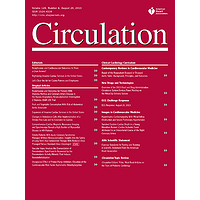Aspirin represents the sine qua non for antiplatelet pharmacotherapy in patients with cardiovascular diseases because of its well-established role in secondary prevention and its widespread availability and affordability. Historical studies, conducted in an era that bears little resemblance to contemporary clinical practice, demonstrated large reductions in thrombotic risk when aspirin was compared with placebo, thus forming the evidence base promulgated in practice guidelines and recommendations. P2Y12 inhibitors have mostly been studied in addition to aspirin; dual-antiplatelet therapy proved superiority compared with aspirin monotherapy for the prevention of ischemic events, despite increased bleeding risks. An alternative approach currently under investigation includes evaluation of single-antiplatelet therapy with P2Y12 inhibitors alone versus dual-antiplatelet therapy after acute coronary syndromes or coronary stent implantation. As the availability of more effective antiplatelet agents increases, it is time to revisit the existing and long-standing paradigm supporting aspirin use for secondary prevention of atherothrombotic events. Ongoing trials will provide new evidence whether the less-is-more strategy is justified.

A Critical Appraisal of Aspirin in Secondary Prevention: Is Less More?
Review badges
0 pre-pub reviews
0 post-pub reviews